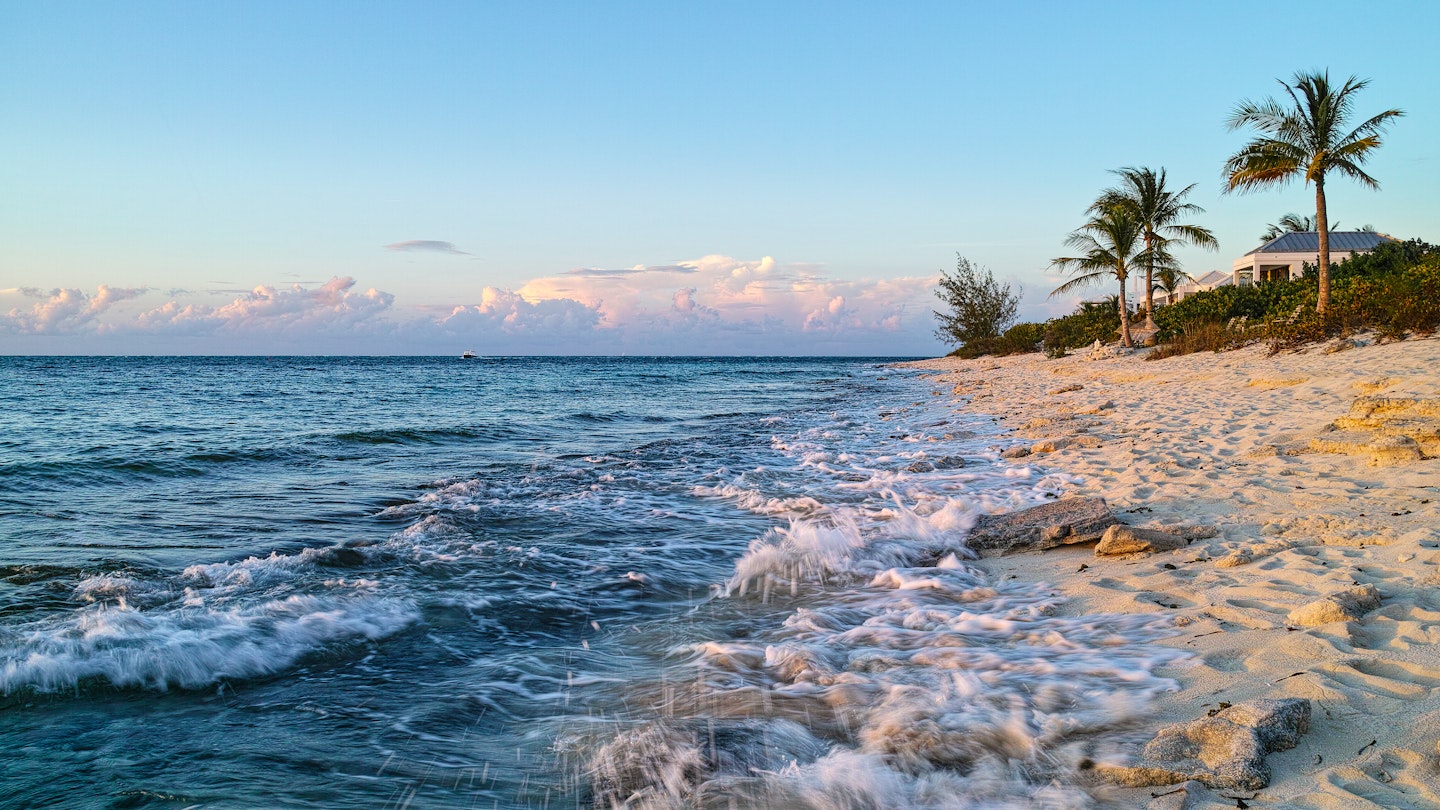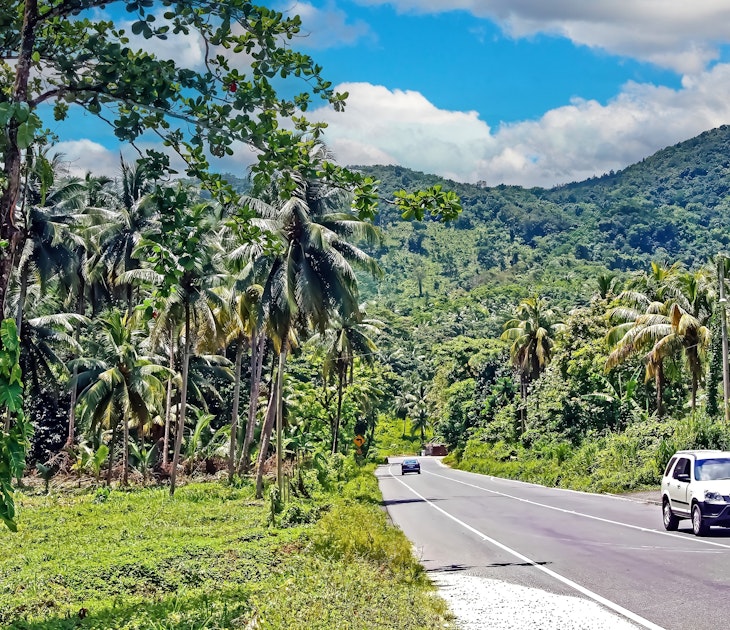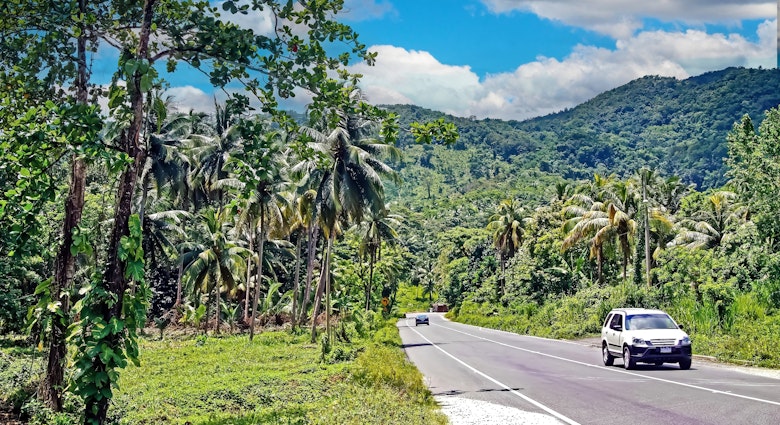They say no man is an island, but during a global pandemic, being an island can be a definite advantage. Many of the world’s island nations have come through the crisis remarkably unscathed, thanks in part to prompt steps by the authorities to stop the passage of the virus across borders.
Now, with vaccines providing a clear roadmap for the return of international travel, islands are lining up to be the first destinations to welcome back tourists in 2021.
Editor's note: during COVID-19 there may be additional travel restrictions. Check the latest guidance in before planning a trip, and always follow local government health advice.
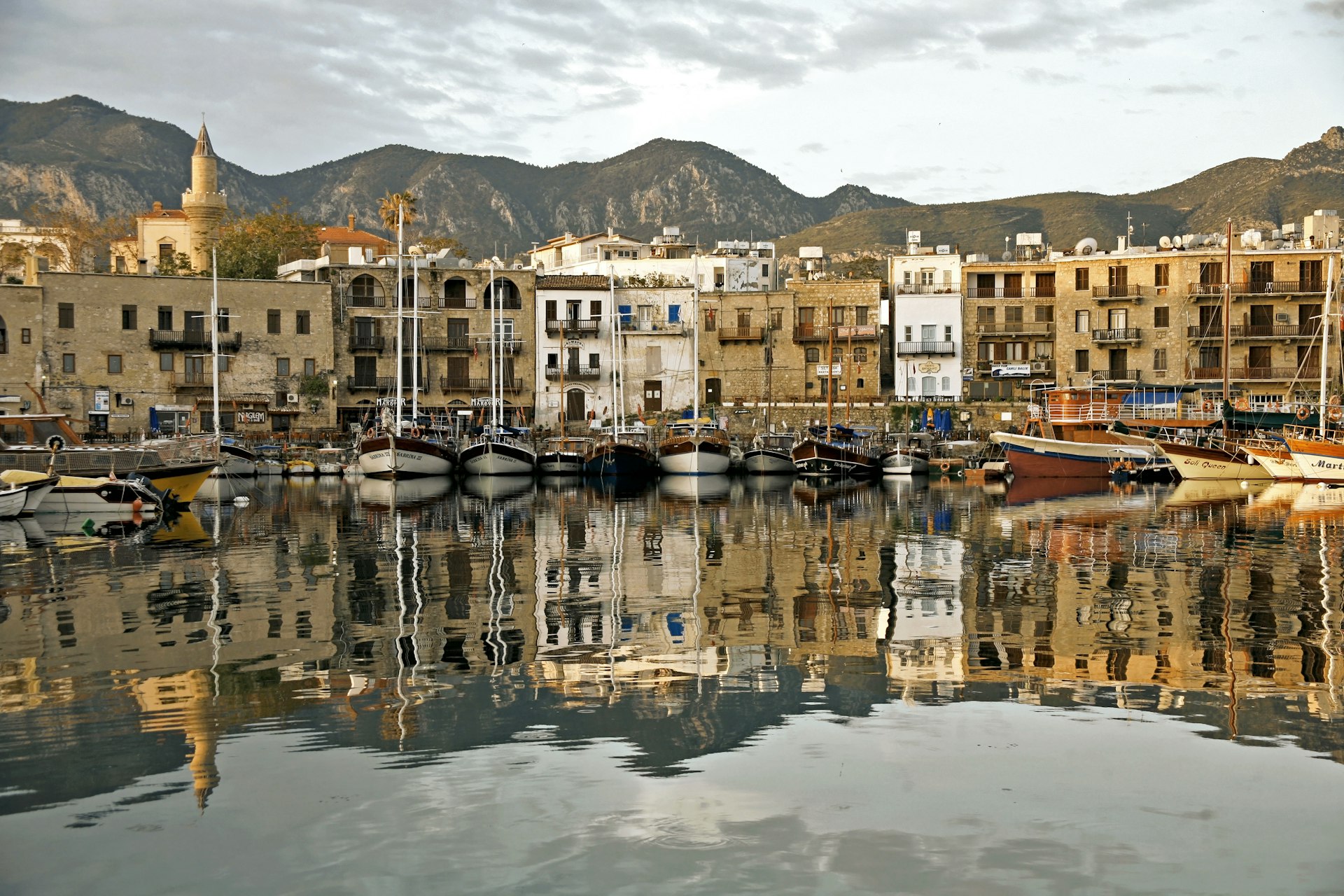
The tiny Republic of Cyprus was one of the first holiday hubs to announce plans to fully open up to vaccinated travellers, placing its balmy Mediterranean sunshine and sugar-sand beaches within touching distance. Visitors who have had two doses of an approved vaccine will be able to zip to the sun-soaked island from May 1 (from April 1 for citizens of Israel) without the need for a negative COVID test or quarantine on arrival, making Cyprus one of the prime destinations for summer sun in 2021.
Requirements for travel to Iceland
More European islands are getting in on the action. On April 6, Iceland opened its borders to both fully-vaccinated travellers and travellers with proof of a past COVID infection. There’s a mandatory test on arrival, but once a negative result is received – usually within six hours – travellers are free to go anywhere on the island. The nearby Faroe Islands opened to vaccinated travellers on April 1, with a PCR COVID test on arrival, and on day four of the stay.

On March 25, Seychelles became one of the first countries to reopen to all visitors. A negative test is required before departure to the islands, but there are no quarantine or restrictions on movement on arrival. In Thailand, the island province of Phuket has been selected as a national gateway for the reopening of international tourism, with plans to vaccinate 70% of the island population and allow vaccinated tourists to visit without quarantine from July 1.
If successful, the programme daubed the ‘Phuket Sandbox’ by the Tourism Authority of Thailand (TAT) will be rolled out to other parts of the country. In preparation for the easing of restrictions, the provinces of Phuket, Pattaya, Koh Samui, Chiang Mai, Phang Nga and Krabi have reduced the quarantine period for arrivals from two weeks to seven days for travellers who stay within the same region.
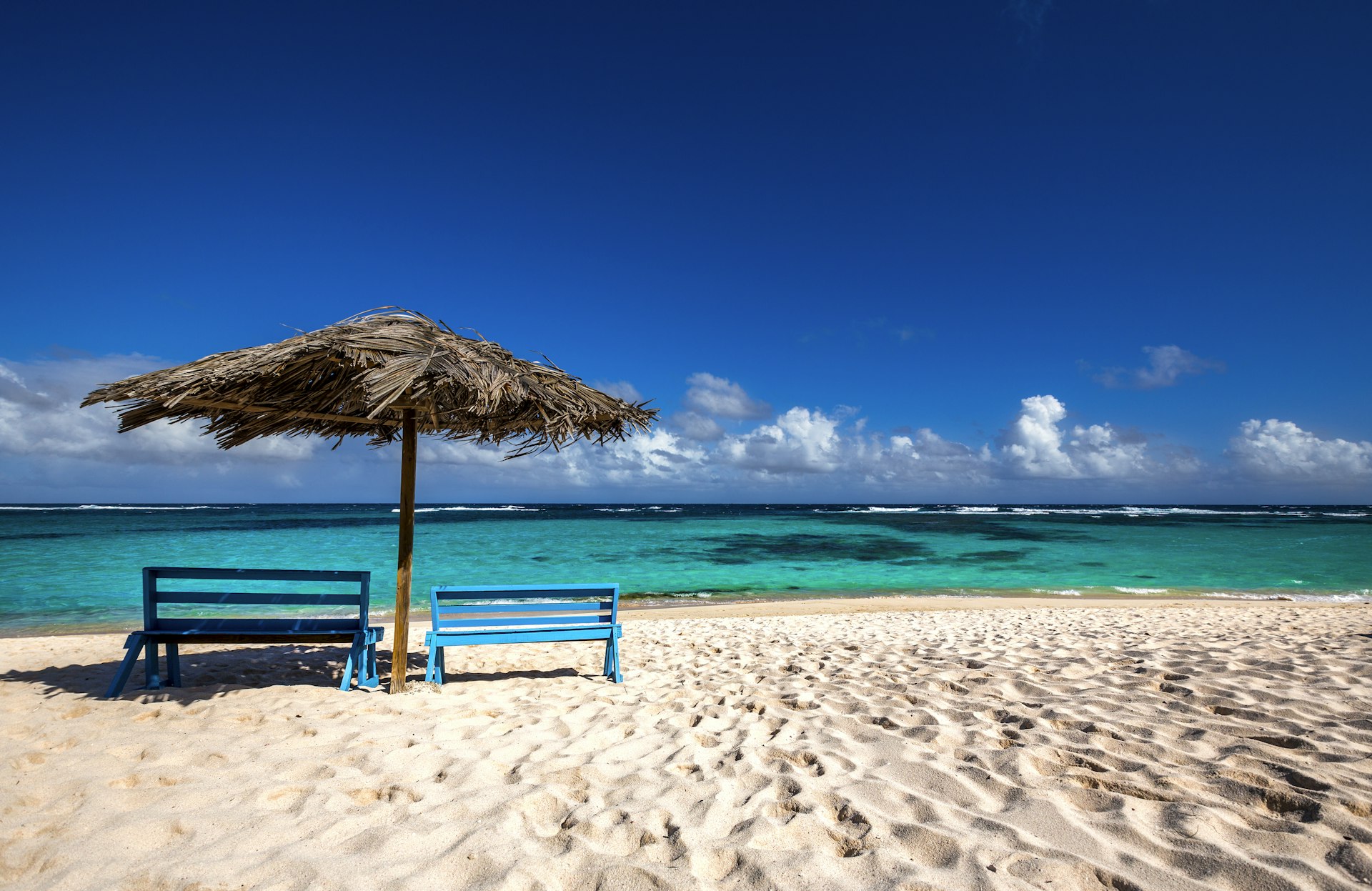
Islands across the Caribbean have lead the charge to reopen to tourism. Nations in this sweeping archipelago have been slowly opening up to visitors since June 2020, generally with a requirement for advance approval for travel, and proof of a negative test for COVID taken in the days before your flight. Most islands require visitors to take further tests during their stay, and to isolate for up to 14 days in a single location – but this can be a beachfront hotel, facing a palm-fringed sweep of Caribbean blue.
Requirements for travel to the Caribbean
At the time of writing, more than twenty Caribbean nations were open to international visitors, but most were only admitting visitors from approved countries, with bans in place for travellers from high-risk nations. The restrictions on some paradise islands are stringent – visitors to the Bahamas must take out mandatory health insurance and complete a daily questionnaire on their health status for 14 days, while visitors to Barbados and the British Virgin Islands must wear an electronic tracking wristband – but the tiny number of cases of COVID in most Caribbean nations speaks for itself.
Even if you meet the entry requirements, don’t expect completely fuss-free freedom of movement. You can soak up the tropical sun and splash in the bathtub-warm ocean, but inter-island travel, even within a single island group, is usually subject to additional restrictions, including extra COVID tests. It’s not quite the footloose, fancy-free travel everyone was used to before the crisis, but it’s a start.

Why have islands fared so well in the pandemic?
It’s partly a consequence of geography. Air and sea borders are easier to control than land borders, making it relatively easy to restrict visitors from affected regions, and even stop travel completely in the event of flare ups. And despite heavy economic dependence on tourism, island governments have been willing to take the hit of closing borders to reduce case numbers, with an eye on the bigger prize of reopening sooner, and more safely, to travellers as the pandemic fades.
"Islands are all about escapism - from the reality of the past terrible year," suggests Noel Josephides, director of the Association of Independent Tour Operators (AITO). "But more practically, they are less crowded, away from large cities, with controllable borders and, in the case of the Greek islands, all tourism workers are likely to be fully vaccinated."
For many nations, vaccine passports are seen as the key to reopening tourism. Iceland has already started issuing official COVID-19 vaccination certificates to its own citizens, with plans to recognise COVID passports from the other 25 nations in the Schengen Area.

Other countries are going further – the Greek government has announced quarantine-free travel for vaccinated visitors (and travellers who test negative) from 32 countries in Europe and the Middle East beginning in April, with airports opening on Kos, Mykonos, Santorini, Rhodes, Corfu on Crete. Similar plans are afoot in Madeira, the Azores and the Canary Islands.
However, a note of caution for travellers eager to join the vaccinated travel revolution: approval for quarantine-free travel is subject to changing circumstances, and programmes can still be cancelled at short notice in the event of a surge of cases or new variants of the virus. Travel insurance that includes cover for COVID treatment and cancellation and repatriation in the event of a COVID diagnosis or change in government rules is pretty much obligatory.
Not all of the world’s island success-stories are in a rush to open up to the outside world. Following a world-beating response to the pandemic, Australia and New Zealand are opening up from April 19, but only to each other, with a travel bubble allowing quarantine-free travel for Australian and New Zealand residents. Travellers will need to prove they have only been present in Australia or New Zealand for the 14 days before travel, and airline crews operating flights between the two countries are restricted to working on low-risk routes.
When can we travel to Australia and New Zealand?
The arrangement is not entirely free from red tape – all air passengers must wear masks, and anyone with cold or flu symptoms, even if unrelated to the pandemic, is not permitted to travel. Travel can also be halted at short notice if case numbers rise, as has happened on two previous occasions in the region during the pandemic. Travel to Australia and New Zealand from the wider world is not expected to resume until October, dependent on the domestic vaccination programme in the two countries.

In fact, the OZ-NZ travel corridor is just one of several inter-island travel bubbles to open up since the start of the global vaccination programme. The tiny island nations of Taiwan and Palau – both world leaders in terms of their response to the pandemic – opened a travel corridor on 1 April, with two weekly flights and no quarantine for new arrivals. The Taiwan government is now considering a second travel bubble linking Taiwan and Singapore, and arrangements between other low-case countries are in the pipeline.
It’s a tantalising glimpse of normality for travellers from nations still suffering the full effects of the pandemic – and perhaps a template for a network of international travel bubbles that will eventually join together, opening up the globe again for people who live to travel.
You might also like:
Top 15 beaches in Australia
Malta is paying travelers to visit this summer
Ask LP: What countries can I travel to if I’ve had the COVID-19 vaccine?

